6 Tech Activities for Your Summer School Program
Ask a Tech Teacher
JUNE 9, 2022
With the growing interest in tech comes a call for summer school programs that supersize student enthusiasm for technology. Working in groups, students research opposite sides of an issue, then debate it in front of class. Debates help students grasp critical thinking and presentation skills, including: abstract thinking.


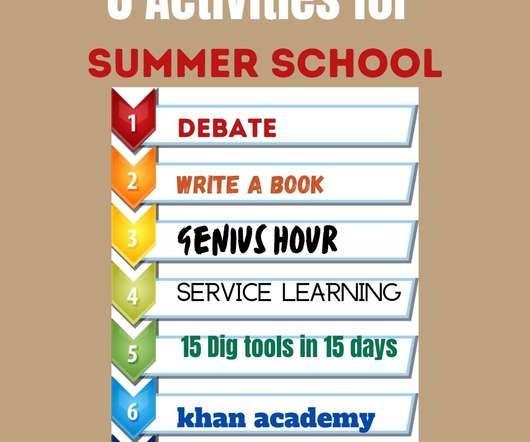
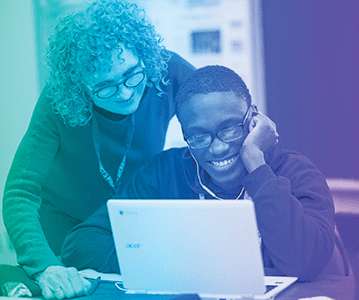
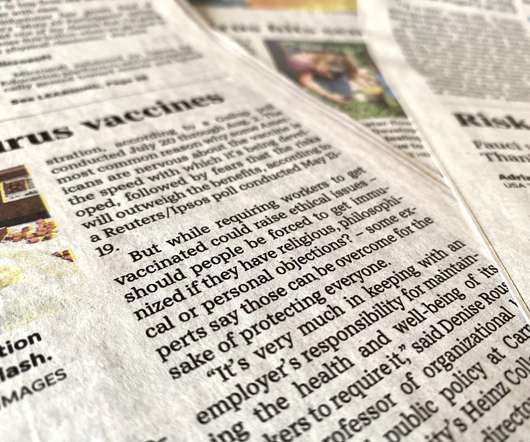

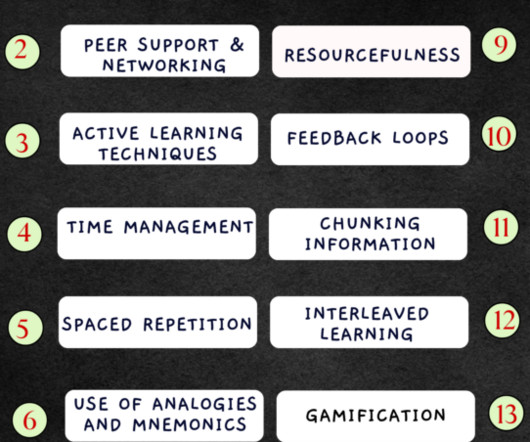









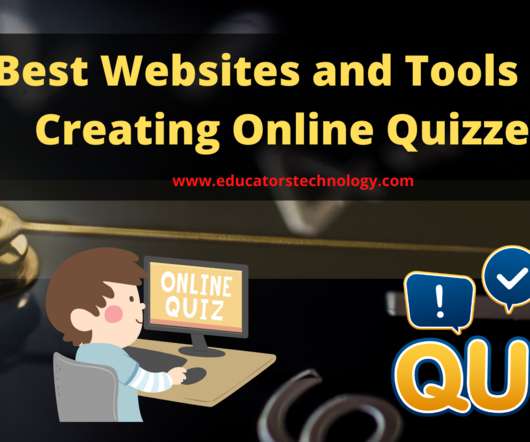

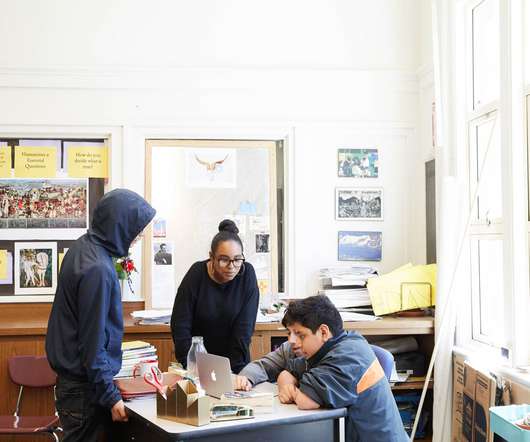









Let's personalize your content